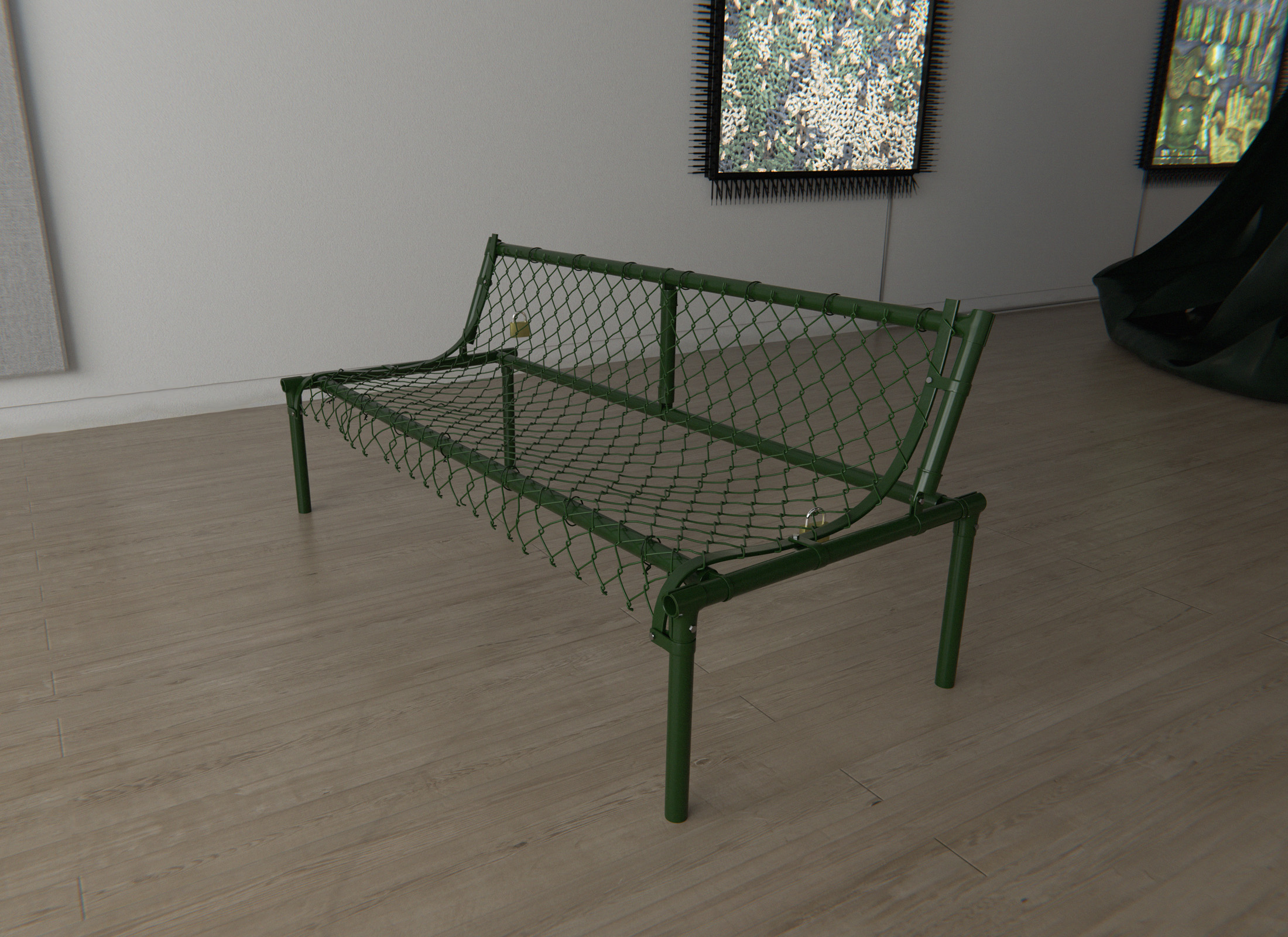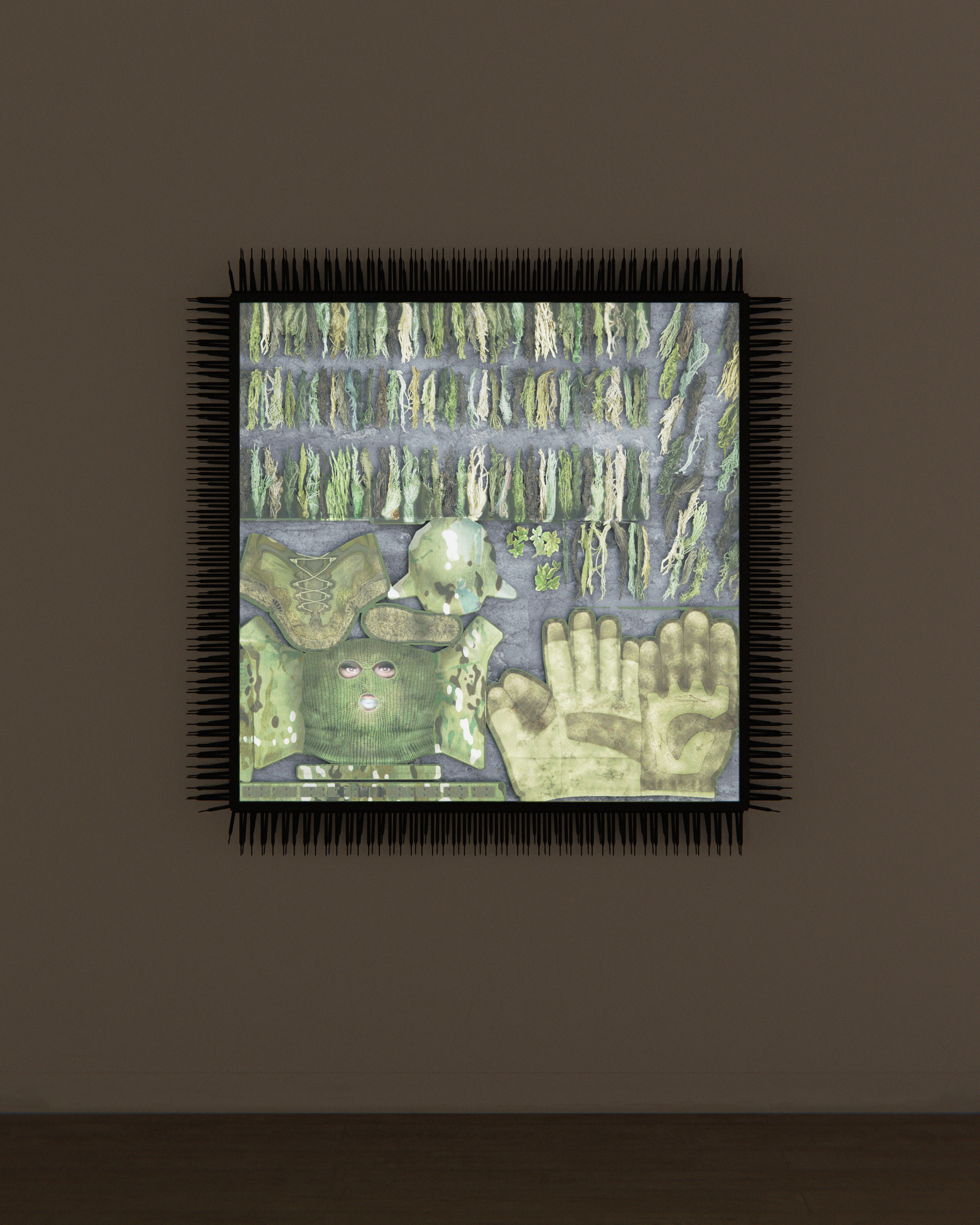
















Rules of Estrangement is a body of work produced by hacking and modding the military simulation (milsim) platform ArmA 3.
ArmA is a photoreal milsm widely used by law enforcement training programs, private military companies, and enthusiast wargamers. Since its release in 2013, it has gained notoriety for leaked screen recordings mistakenly appearing in national news broadcasts covering conflicts in Afghanistan, Pakistan, Palestine, Syria, and Ukraine.
Despite its highly realistic portrayal of military tactics and even post-conflict reconstruction, there are zero women combatants, civilians, or characters in the simulator. The short film As far as the drone can see (2023) therefore bridges the gender gap in ArmA by introducing a female journalist and genderfluid guerrilla fighters into the simulation, charting their covert insurrection as they navigate the complex intersections of gender and war. By integrating historical material into the still-active milsim, the film emphasizes the inherent instability of a virtual world inhabited exclusively by men—a deep contrast to the reality of armed conflicts and their impact on women. These mediations explore how gender roles on the homefront have been historically shaped by the construction of gender roles on the battlefront, and vice versa.
A series of lightboxes feature collages made by extracting UV textures from the game platform. These flat and puzzle-like images are mapped onto 3D models to give the illusion of solidity and immersion. Suspended as if airdropped into the space, three looping video monitors feature ambient scenes constructed within ArmA—making use of the slow cinema genre to question the conflation of naturalistic but ultimately escapist depictions of modern war.
Throughout, Rules of Estrangement delineates the ways in which this milsim coincides with and departs from the world it purports to represent, and broadly interrogrates the reliance on speculative simulations to inform the realities of policy, law, and media.